What are visual elements?
A visual element is any characteristic that we can see, including line, shape, repetition, space, texture, colour, and value/ tone. The design principles for using these elements include balance, gradation, repetition, contrast, harmony, dominance, and unity.
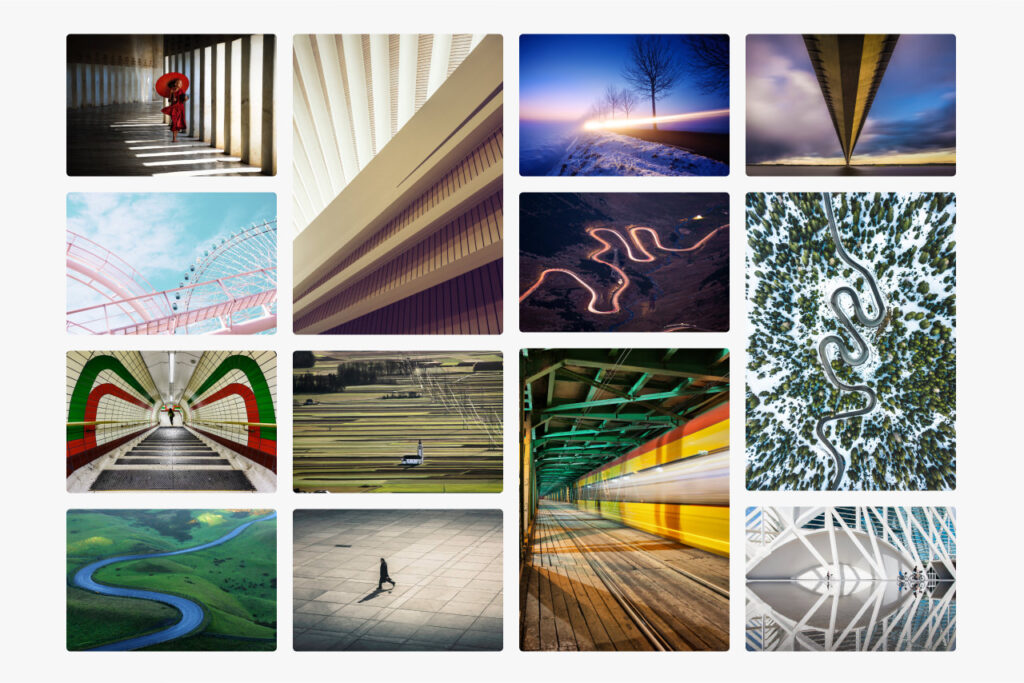
Line
An element of art defined by a point moving in space. Line
may be two-or three-dimensional, descriptive, implied, or
abstract. Lines are useful for dividing space and drawing the eye to a specific location. Line can be used to suggest shape, pattern, form, structure, growth, depth, distance, rhythm, movement and a range of emotions.
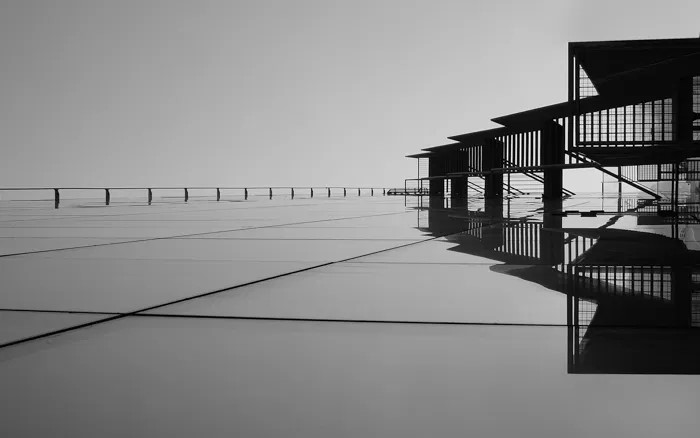
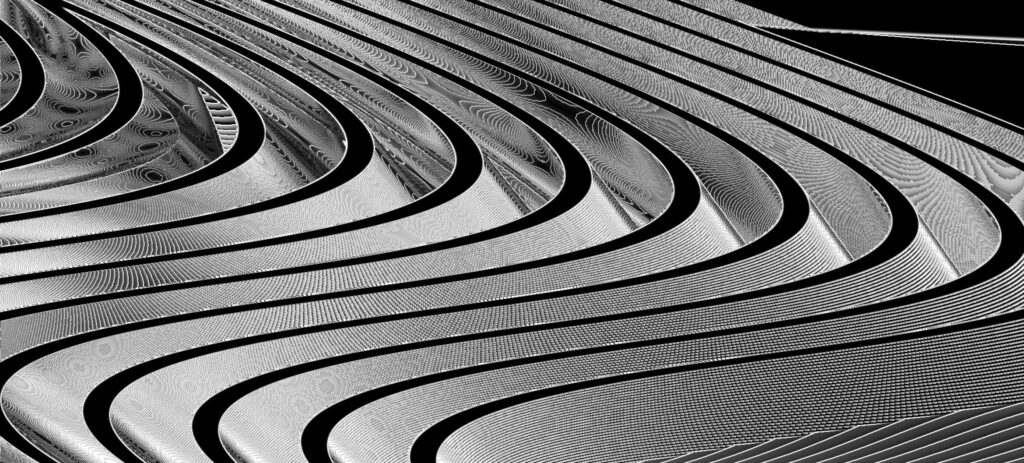

Shape
Shape is a primary characteristic of visual elements, alongside size, colour, texture, and position in the frame. Regular shapes stand out and capture the viewer’s attention, especially if they have hard edges and well-defined corners. Among the four types of shapes, they are the most eye-catching.
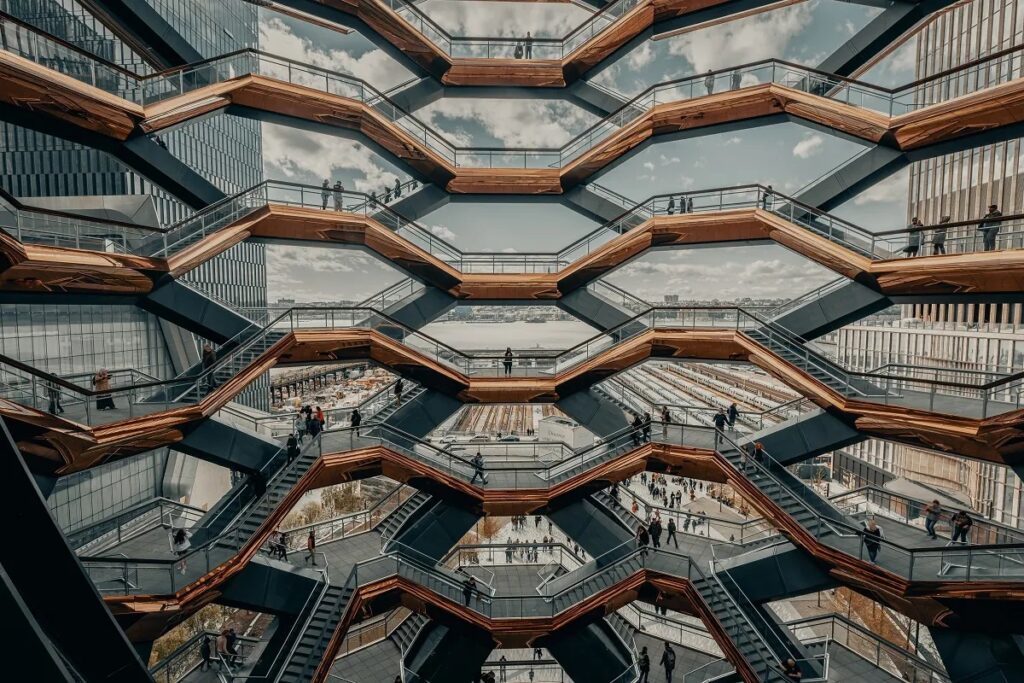
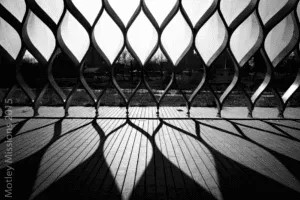
Form
Where light and shape collide to create images with depth and what I like to think of as touch ability. Form makes an image lifelike, so the photo stands out, because the viewer feels that they can reach in and touch the person or object. To create depth in a photo, you need form.



Repetition
Repetition in photography refers to the technique of integrating recurring elements, patterns, or themes in a composition to produce a sense of rhythm and balance in an image.
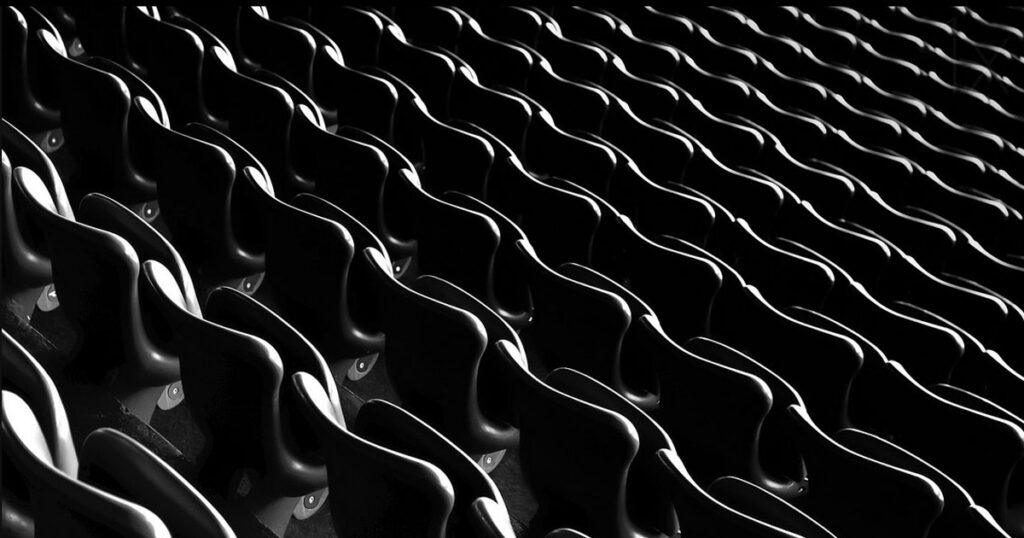
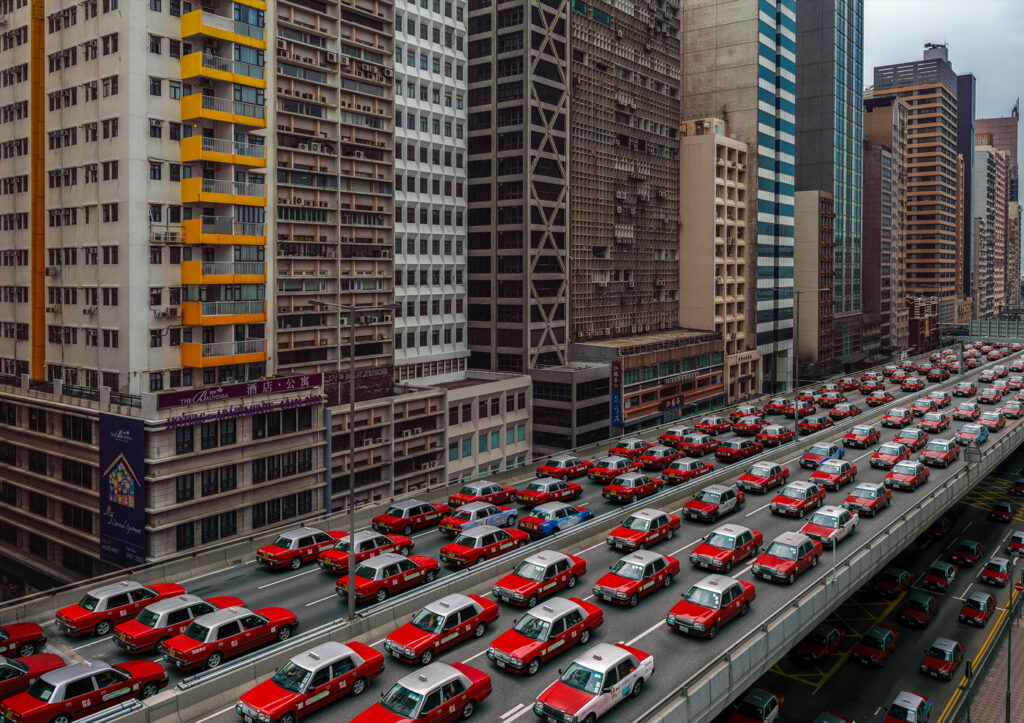
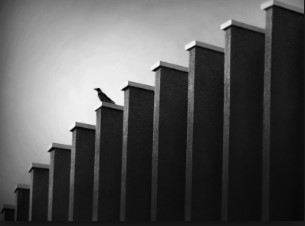
Space
The rule of space in photography is simply the act of adding visual space in front of the direction that an object is moving, looking or pointing to imply motion and direction and to lead the eye of the viewer. Positive space is the actual subject while negative space (also called white space) is the area surrounding the subject. The latter acts as breathing room for your eyes. Too little negative space results in cluttered and busy photographs with every element in the photo screaming for the viewer’s attention.
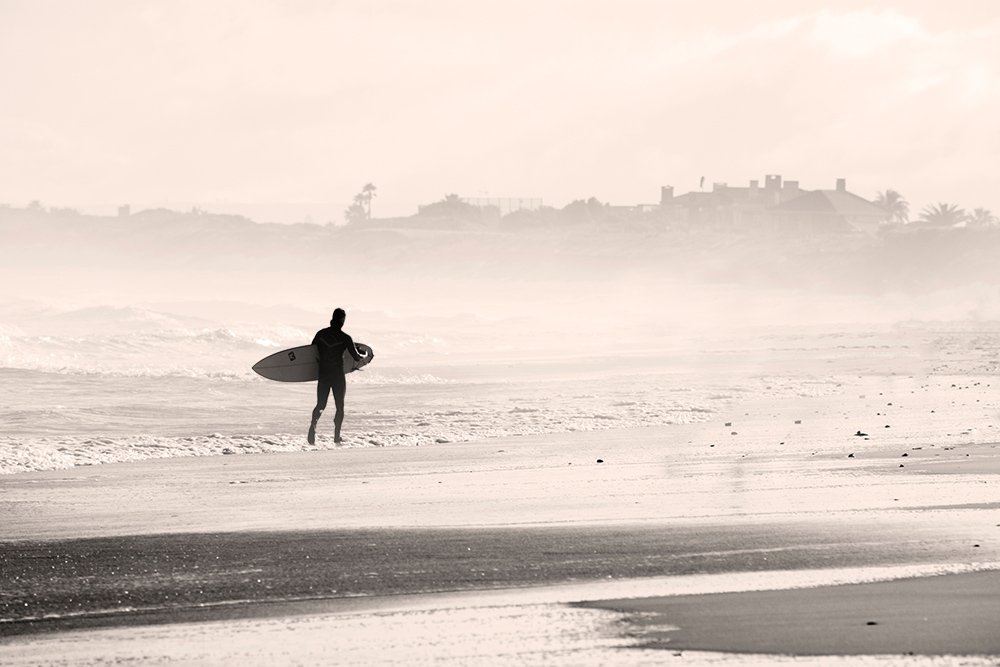
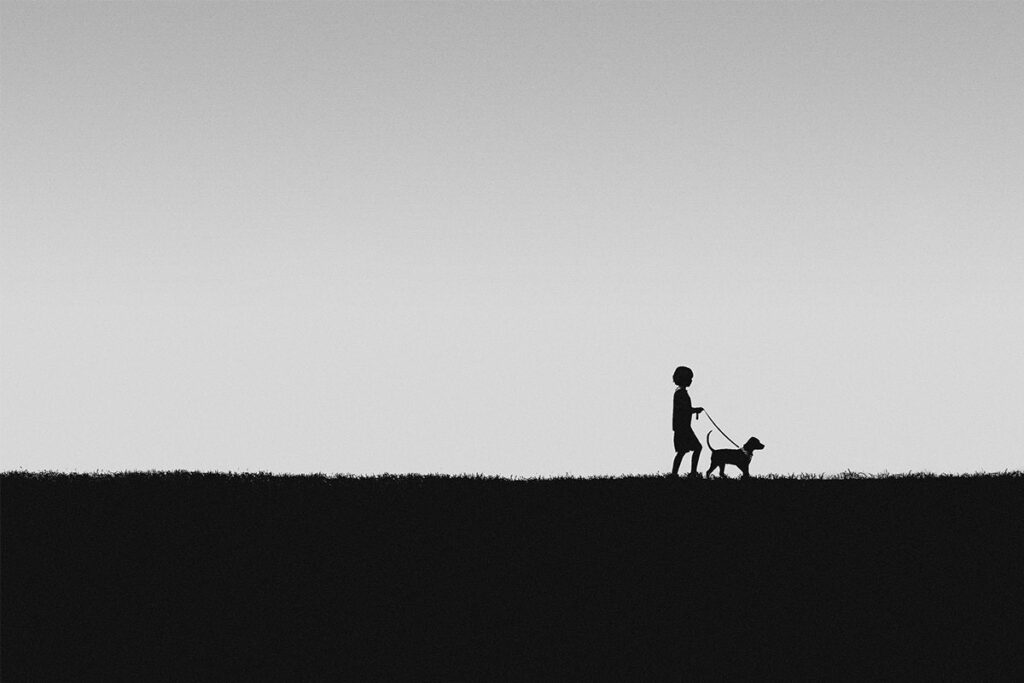
Texture
Texture refers to the visual quality of the surface of an object, revealed through variances in shape, tone and colour depth. Texture brings life and vibrancy to images that would otherwise appear flat and uninspiring. Texture in an image can be regarded as any visual pattern, either repeating or non-repeating.


Value/ Tone
Tone is simply the lightness or darkness of an object. Sometimes referred to as value, tone is one of the most powerful design elements. In any painting, photograph or design, the area of highest contrast between light and dark will always demand maximum attention. Value in photography represents how dark or light color and its hue can be. Values are comprehended with a visual like a gradient or scale. When your photograph has a lot of tonal variants, you will end up with low contrast.
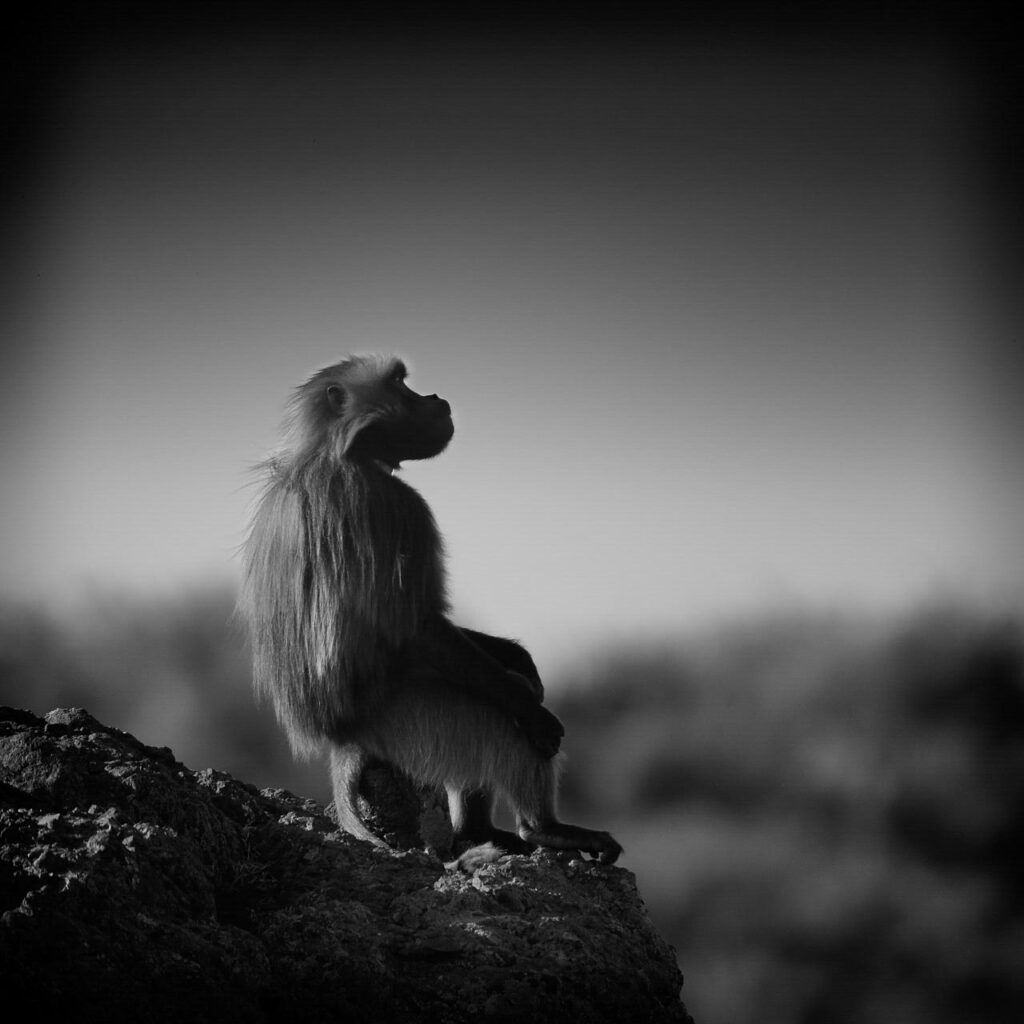

Colour
We use colour in photography to create visual contrast, direct attention, evoke mood, and more. Of all the Elements of photography, colour is perhaps the most complex, but also, often has the most immediate impact. Colour can impact our viewers’ emotional response to an image.




Good signs of progress here…but please ensure you are making critical and creative decisions throughout…be reflective and then refine your outcomes.
Your presentation methods are also important !
Aim to highlight key words and technical vocab – this highlights your understanding and can improve your marks…